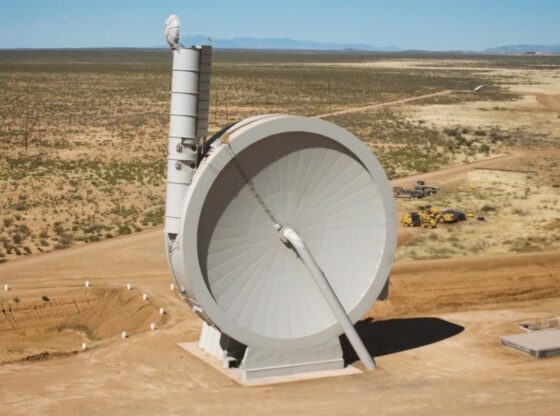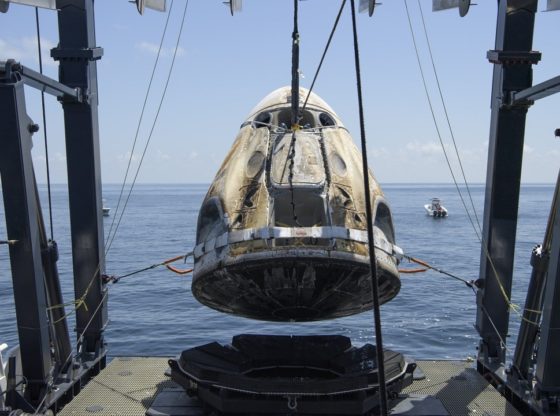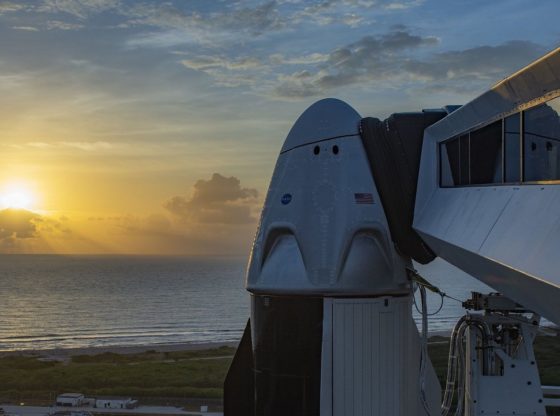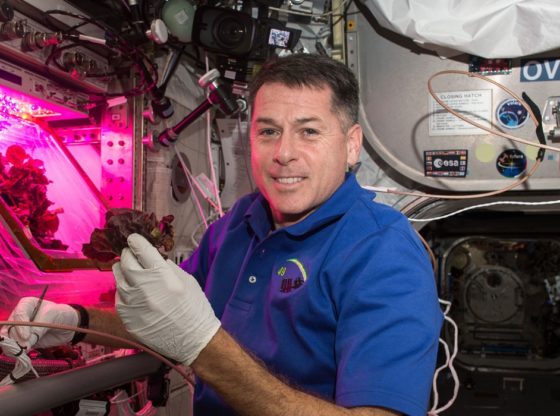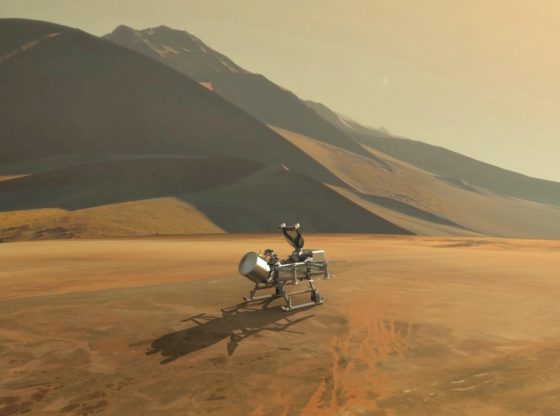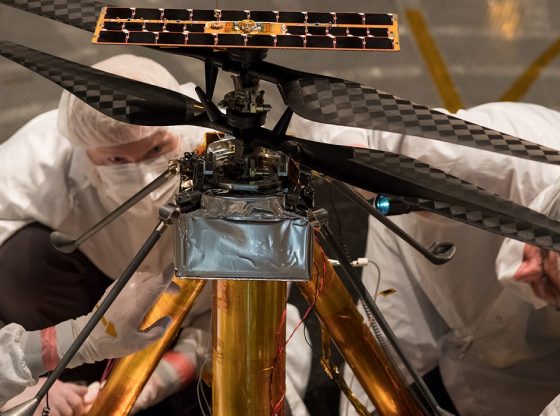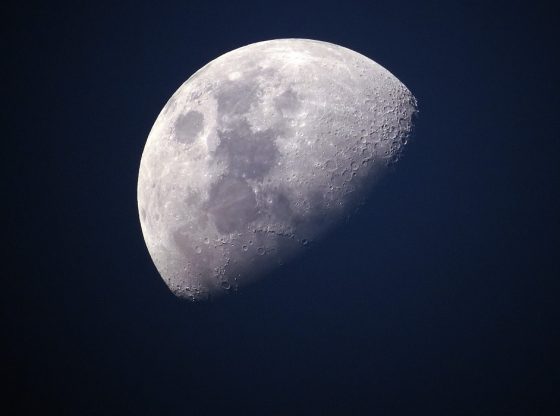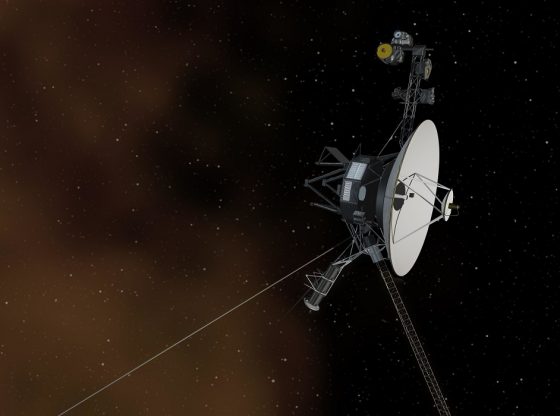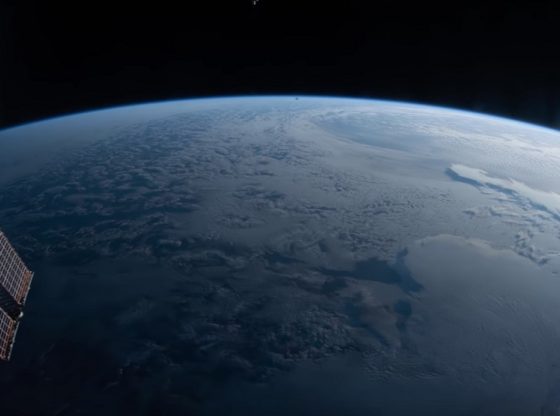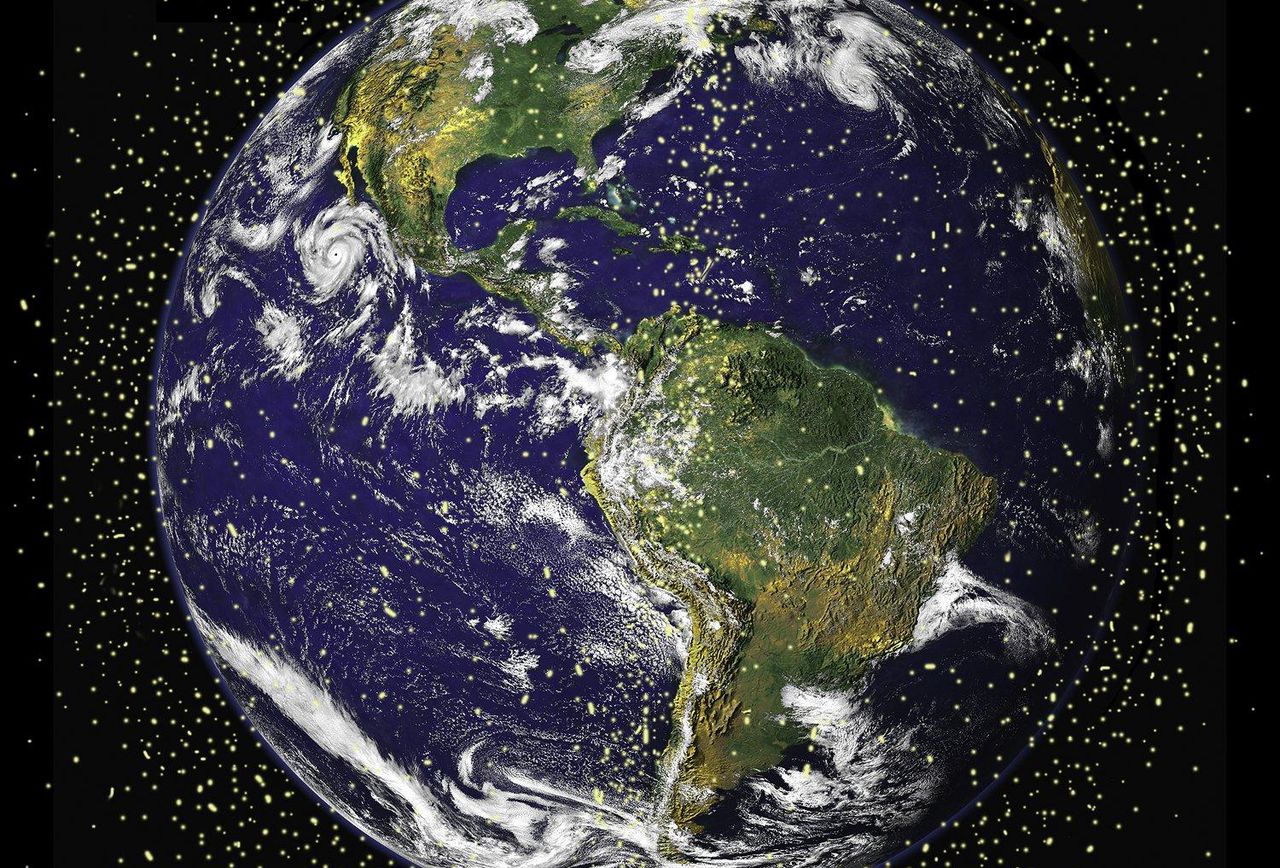
A European group led by Surrey University’s Surrey Space Centre has carried out the first-ever successful demonstration of space waste removal technology.
The event took place more than 300km above the Earth. It was part of a series of trials that will showcase different technologies to remove the redundant hardware now circling the Earth.
The aptly named RemoveDEBRIS satellite, built by a consortium of space companies and research institutions led by the Surrey Space Centre, released a video of its experimental phase of operation today, featuring the first demonstration of active debris removal technology in human history.
The video shows the net being fired at and successfully smothering, the simulated debris, which is tumbling through space around 10 meters away from the spacecraft. During the trials, the net is detached from the satellite. However, the ultimate vision is that it would remain attached so that the satellite could drag the waste out of orbit.
“We are absolutely delighted with the outcome of the net technology,”
– Professor Guglielmo Aglietti, Director of the Surrey Space Centre, in a statement.
With more than 500,000 space debris objects orbiting Earth, and some of them traveling faster than a speeding bullet at 17,500 mph, these projectiles could seriously damage to spacecraft.
The US Department of Defense’s Space Surveillance Network is currently tracking around 8,000 objects in orbit with Earth-based antennas, in order to calculate the chances of two large pieces running into one another.
The broader aim of the RemoveDEBRIS mission if to trial a range of different active debris removal technologies on mock target in low Earth orbit and in the coming months, RemoveDEBRIS will test more so-called active debris removal (ADR) technologies including a vision-based navigation system that uses cameras and LiDaR technology to analyse and observe potential pieces of debris; the first harpoon capture technology used in orbit; and a drag-sail that will bring the spacecraft out of orbit and into the Earth’s atmosphere where it will be destroyed.

